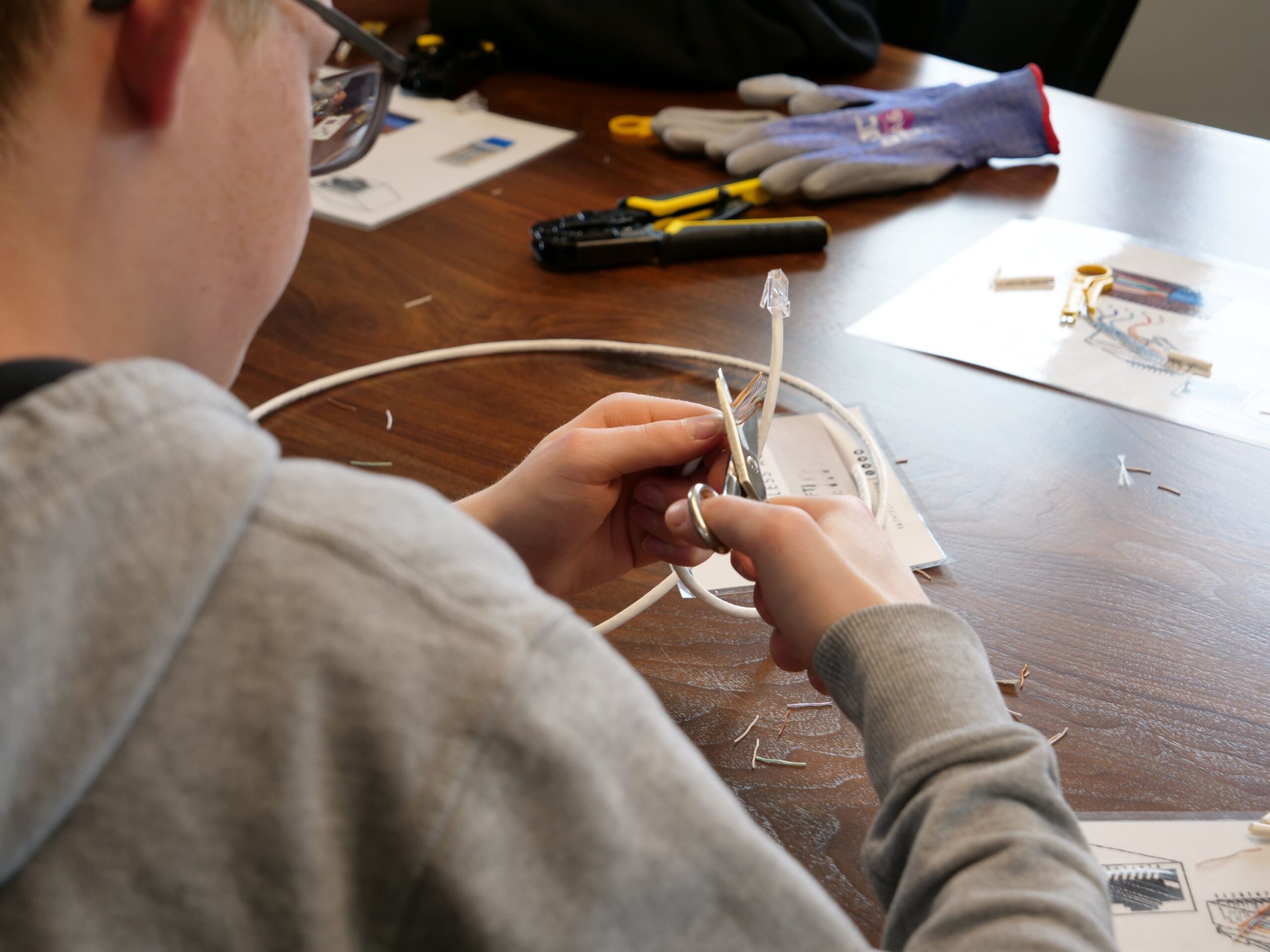
Understanding and mastering the mechanic’s lien process is a powerful tool for contractors in the construction industry. It’s a way to ensure fair treatment and payment, protect your rights and communicate your payment issues effectively. Filing a mechanic’s lien should be a last resort after attempting to resolve a payment issue through communication and negotiation. It’s a complex and state-specific process, but by arming yourself with this knowledge, you can navigate it with confidence.
What is a mechanic’s lien, and how does it work?
A mechanic’s lien is more than just a legal claim. It’s a powerful tool that a contractor can use to secure their payment on a project where they have performed work that improved property value but have not received payment. Think of it as a security interest or collateral on the property, making it difficult to sell or transfer ownership until the lien is lifted. This lien also serves to protect the contractor’s rights and ensure fair payment, especially in situations where the owner or the general contractor is unable or unwilling to pay.
Why file a mechanic’s lien?
A mechanic’s lien is a way to ensure fair payment and treatment for contractors who have performed work that permanently improved a property. A lien can help resolve payment disputes, urge the owner to pay and secure the contractor’s rights in case of the other party’s bankruptcy. However, a lien should not be filed lightly, as it can damage the relationship with the customer and incur legal costs.
Who can file a mechanic’s lien?
Any general contractor, subcontractor, supplier or laborer who has provided a permanent improvement to private property and has yet to be paid can file a lien as long as they are licensed and have lien rights in their state. Knowing a state’s requirements before starting a construction project is essential, since each tier has different rules and requirements regarding filing and handling liens.
How do you file a mechanic’s lien?
The lien must be accurate, timely and notarized. It must also include the relevant information of the parties, the property and the amount owed. The process of filing a mechanic’s lien varies by state but generally involves four steps:
- Sending a preliminary notice at the start of the project.
- Sending a notice of intent to lien if payment is not resolved.
- Preparing and filing the lien with the county clerk’s office within the required timeframe,
- Serving the lien to the owner and other parties.
If payment is received, the contractor must file an acknowledgment of satisfaction and release the lien. If payment is not received, the contractor must enforce the lien within the specified period, which may require legal action and foreclosure.
Key Takeaways
Communication is not just a step in the lien process; it is the most crucial one. If possible, a lien should be avoided, and all efforts should be directed toward negotiating and reaching an agreement with all relevant parties. This emphasis on communication underscores its importance in maintaining relationships and resolving issues amicably.
Only consider filing a lien if you are owed money for work completed and all other measures to resolve payment issues have failed.
You have the right to protect your work. Don’t be afraid to file a preliminary lien at the start of a project; even if your state does not require this step, it is considered best practice. A preliminary lien will ensure you are protected from the beginning of a project and helps improve communication and visibility.
Follow all state-specific rules where the project is located exactly as stated to ensure your lien will survive and can be enforced.
Remember, you’re not alone in this process. Always seek legal advice from your Risk Department or general counsel before filing a lien. This reassurance of professional support can help you feel more secure in your decision making and ensure you’re taking the proper steps.










